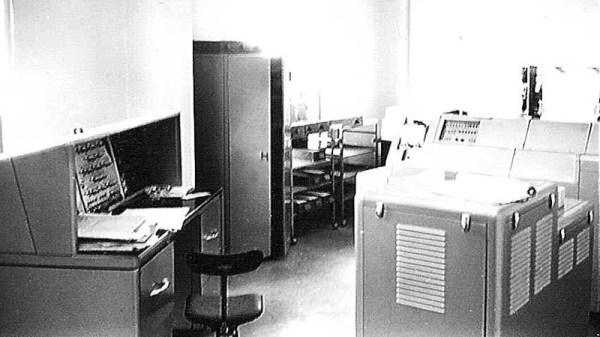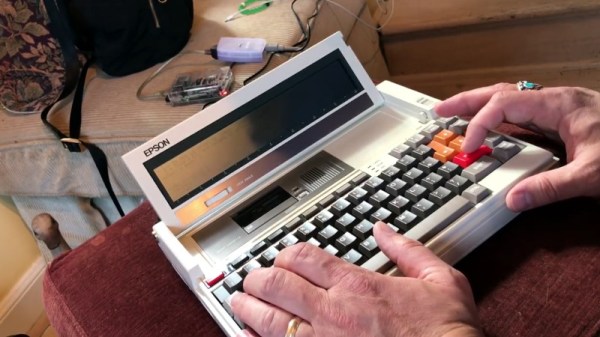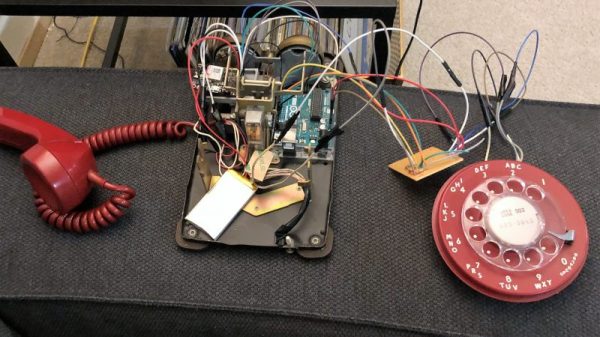If you are an enthusiast for 1950s computer hardware, you are probably out of luck when it comes to owning a machine of your own. Your best chance will be to join the staff of one of the various museums that preserve and operate these machines, at which you can indulge your passion to your heart’s content. But what if we told you that there is a 1950s computer available for pick-up at any time, to whoever is prepared to go and get it and has suitable transport? You’d be making plans straight away, wouldn’t you? The computer in question is real, but there’s a snag. It’s at the bottom of the Indian Ocean, just at the start of international waters off the coast of Kenya. The story of Kenya’s early computing and how the machine met its fate is the subject of a fascinating article from a year or two ago on owaahh.com that had us riveted from start to finish.
Like large state-owned enterprises worldwide, the Kenyan railway and power monopolies were among the first commercial customers for computing. In the final years of the British Empire, those were ordered from a company in London, International Computers & Tabulators, and it was their ICT1202 that served the railway company. The article goes into detail about the history of the company’s East African operation, the problems of running a tube-based computer in an African climate without air-conditioners, and the 1202’s demise and replacement. We’ll not spill the beans here on how the computer ended up on the seabed and how its replacement ended up being spirited away to China, for that you’ll have to read it all. It’s worth saying, the author also has a personal website in which he goes into much more detail about his experience with computers in the 1950s and ’60s.
Not had enough ancient computer tech? A couple of years ago we toured the primordial electronic computer, Colossus, and also took a look at the National Museum Of Computing that houses it.

















